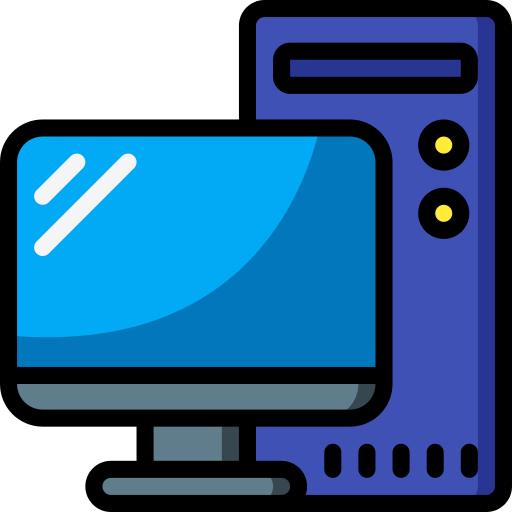

Thanks for the write-up and sorry for the late reply. I guess I didn’t come very far without exposing the docker socket. Nextcloud was actually one of the services on my list I wanted to try out. But I haven’t looked at the compose file yet. It makes sense why it is needed by the AIO image. Interestingly, it uses a Docker socket proxy to presumably also mitigate some of the security risks that come from exposing the socket. Just like another comment in this thread already mentioned.
However, since I don’t know much about Kubernetes I can’t really tell if it improves something, or if the privileges are just shifted e.g. from the container having socket access to the Kubernetes orchestration thingy having socket access. But it looks indeed interesting and maybe it is not a bad idea to look into it even early on in my selfhost and container adventure.
Even though I said otherwise in another comment, I think I have also seen socket access in Nginx Proxy Manager in some example now. I don’t really know the advantages other than that you are able to use the container names for your proxy hosts instead of IP and port. I have also seen it in a monitoring setup, where I think Prometheus has access to the socket to track different Docker/Container statistics.
Yeah, you are right a custom bridge network can do DNS resolution with container names. I just saw in a video from Lawrence Systems, that he exposed the socket. And somewhere else I saw that container names where used for the proxy hosts in NPM. Since the default bridge doesn’t do DNS resolution I assumed that is why some people expose the socket.
I just checked again and apparently he created the compose file with ChatGPT which added the socket. https://forums.lawrencesystems.com/t/nginx-proxy-manager-docker/24147/6 I always considered him to be one of the more trustworthy and also security conscious people out there, but this makes me question his authority. Atleast he corrected the mistake, so everyone who actually uses his compose file now doesn’t expose the socket.